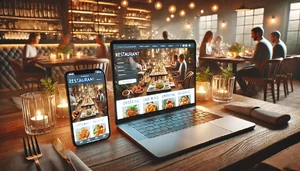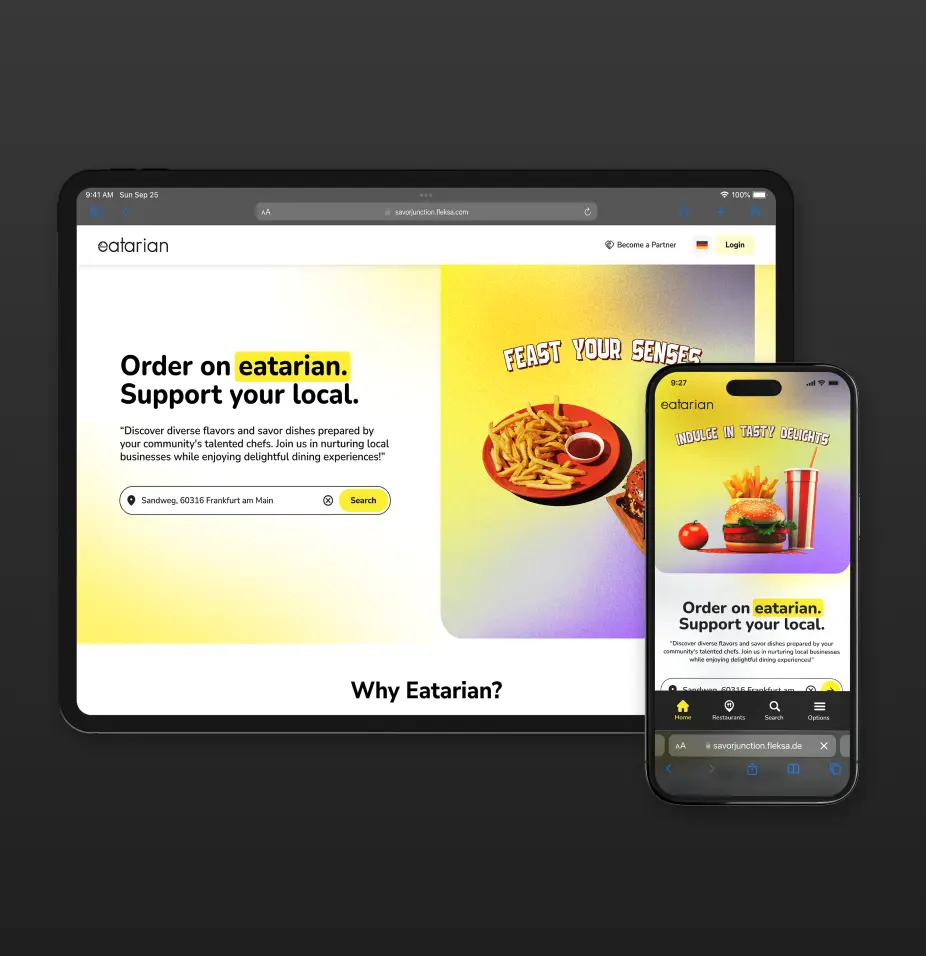Marketing your restaurant through email is a powerful way to reach new customers, build relationships, and increase repeat business. However, with the rise of social media and other digital marketing channels, email marketing may seem outdated. This couldn’t be further from the truth. Email marketing is more effective than ever. According to a recent survey, email is the preferred communication channel for 72% of customers. This makes email marketing an essential tool for restaurants looking to grow in 2023. With the right strategies and techniques, email marketing can help restaurants increase their customer base, drive sales, and ultimately boost their revenue. In this beginner’s guide to restaurant email marketing, we’ll cover the basics of how to create effective email campaigns that drive results.
Check out : How to create Restaurant Marketing Plan in 2023
Why do Restaurants Need to Step Up Their Email Marketing Game?
As a restaurant owner, you may always look for ways to connect with your customers and grow your business. Email marketing can help you achieve these goals by allowing you to reach out to your customers in a targeted and effective way.
Email marketing is the process of sending promotional messages or newsletters to your subscribers through email. It’s a powerful tool for engaging with your customers, building your brand, and driving sales. There are many types of emails that you can send, including promotional emails, newsletters, welcome emails, and more. Each type of email serves a specific purpose, and it’s essential to understand which ones are most effective for your restaurant.
& here comes Fleksa: the all-in-one solution for Restaurant marketing
With Fleksa’s automated marketing solution, you can create custom email campaigns that resonate with your customers and drive sales. On Fleksa Dashboard, you can easily segment your customer database to target specific audiences with personalized messaging that speaks to their unique needs and interests. Fleksa’s easy-to-use interface and customizable templates make it easy to create professional-looking emails that stand out in your customer’s inbox.
Beginner’s Guide to Restaurant Email Marketing in 2023
Building Your Email List
A high-quality email list is the backbone of a successful restaurant email marketing campaign. There are several ways to build a fruitful email list for your restaurant. First, make sure to include a sign-up form on your website and social media pages. Offer an incentive, such as a free dessert or appetizer, to encourage people to sign up. You can also collect email addresses in person by asking customers to opt in when they visit your restaurant.
Another effective strategy is to partner with other local businesses and offer a joint promotion. For example, you could partner with a nearby movie theater and offer a discount code for a meal and a movie. This not only helps you build your email list, but it also helps you reach a new audience.
Crafting Effective Email Campaigns
Once you have built your email list, it’s time to create effective email campaigns. The first step is to choose a platform that fits your need & here comes Fleksa with its unique marketing automation tool which includes email marketing options as well. Fleksa’s email marketing tool offers templates that you can use to create professional-looking emails.
When creating your emails, make sure to focus on your audience. Think about what they want to see and how you can provide value. For example, you could send a weekly newsletter that includes recipes, cooking tips, and exclusive discounts for subscribers. You could also send targeted emails based on customer behavior, such as sending a coupon for a customer’s favorite dish after they visit your restaurant.
Designing Eye-Catching Emails
When it comes to restaurant email marketing, designing eye-catching emails is crucial to engage your subscribers and reflect your restaurant identity. One of the key elements of visually appealing emails is the use of high-quality images showcasing your dishes or restaurant ambiance. Choosing colors that reflect your brand and complement your images is also important to create a cohesive look and feel. It’s essential to organize your content with clear headings and concise paragraphs, making it easy for subscribers to read and understand your message. Finally, always ensure your emails are mobile-friendly, as a majority of users open emails on their smartphones.
Timing and Frequency of Emails
Timing and frequency are important factors to consider when sending email campaigns. You don’t want to send too many emails and risk annoying your customers, but you also don’t want to send too few and risk being forgotten. A good rule of thumb is to send one to two emails per week. This keeps your restaurant top-of-mind without overwhelming your customers.
When it comes to timing, think about when your customers are most likely to be thinking about food. This could be early in the morning when they’re planning their day, or in the early evening when they’re making dinner plans. Experiment with different send times to see what works best for your audience.
Measuring Email Campaign Success
Measuring the success of your email campaigns is essential to improving your strategy over time. Most email marketing platforms offer analytics that allows you to track open rates, click-through rates, and conversion rates. Use this data to analyze what’s working and what’s not, and adjust your campaigns accordingly.
It’s also important to track the ROI of your email campaigns. This can be tricky, as it’s often difficult to directly attribute revenue to a specific email campaign. However, you can track metrics such as the number of reservations or online orders that come from your emails. Over time, you should see a correlation between your email campaigns and increased revenue.
Best Practices for Restaurant Email Marketing
Finally, here are some best practices to keep in mind when creating your restaurant email marketing campaigns:
- Keep your subject lines short and attention-grabbing.
- Use clear and compelling CTAs.
- Keep your emails visually appealing with high-quality images and graphics.
- Personalize your emails based on customer behavior.
- Experiment with different send times and frequencies.
- Use analytics to measure success and adjust your strategy over time.
Conclusion:
In summary, email marketing is a vital tool for restaurants in 2023, offering numerous benefits when executed effectively. By focusing on building a quality email list, crafting engaging campaigns, designing eye-catching emails, optimizing timing and frequency, and measuring success, you can strengthen your restaurant’s online presence and drive growth. If you haven’t yet begun implementing email marketing for your restaurant, now is the perfect opportunity to connect with Fleksa and discover its range of automated restaurant marketing features.








